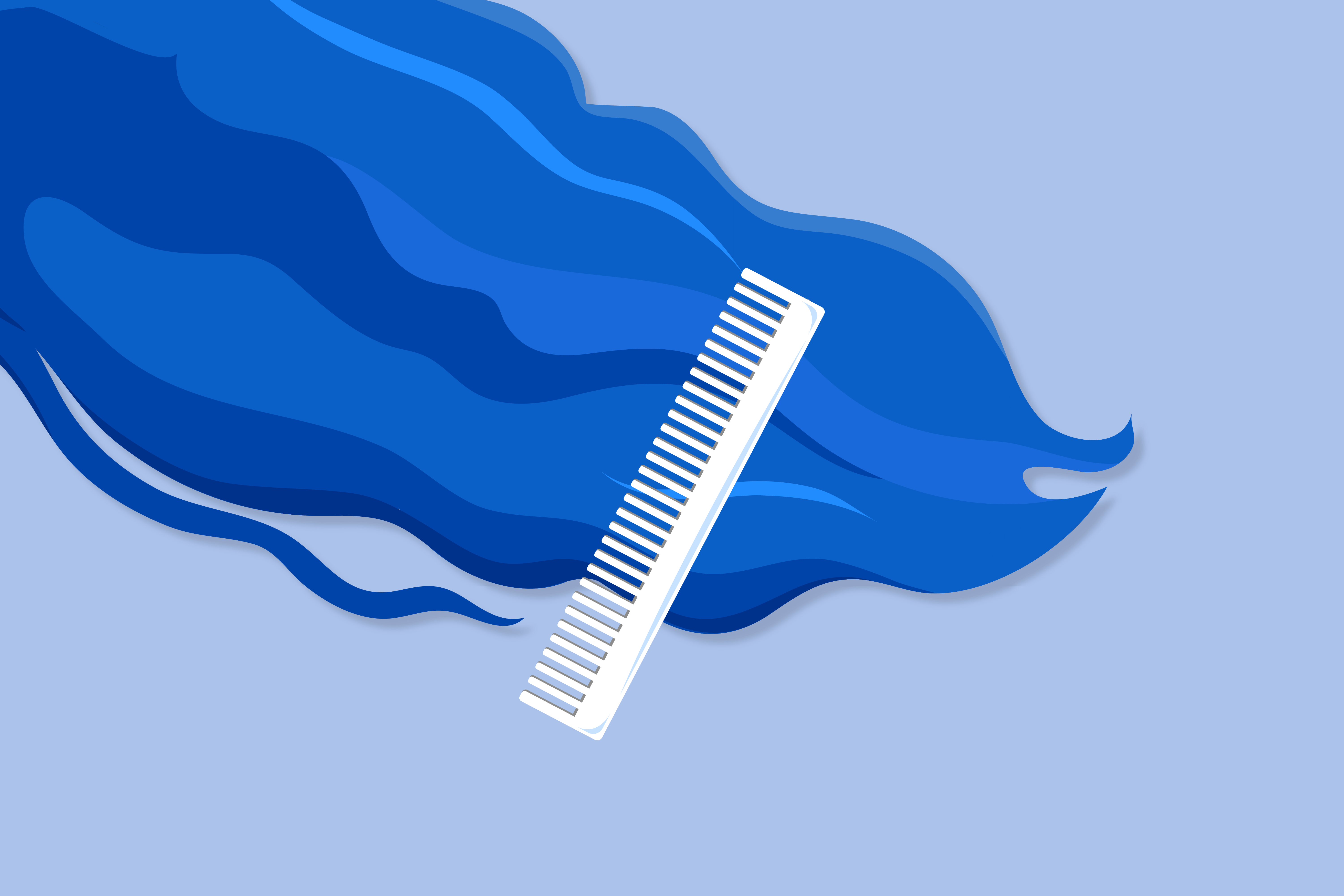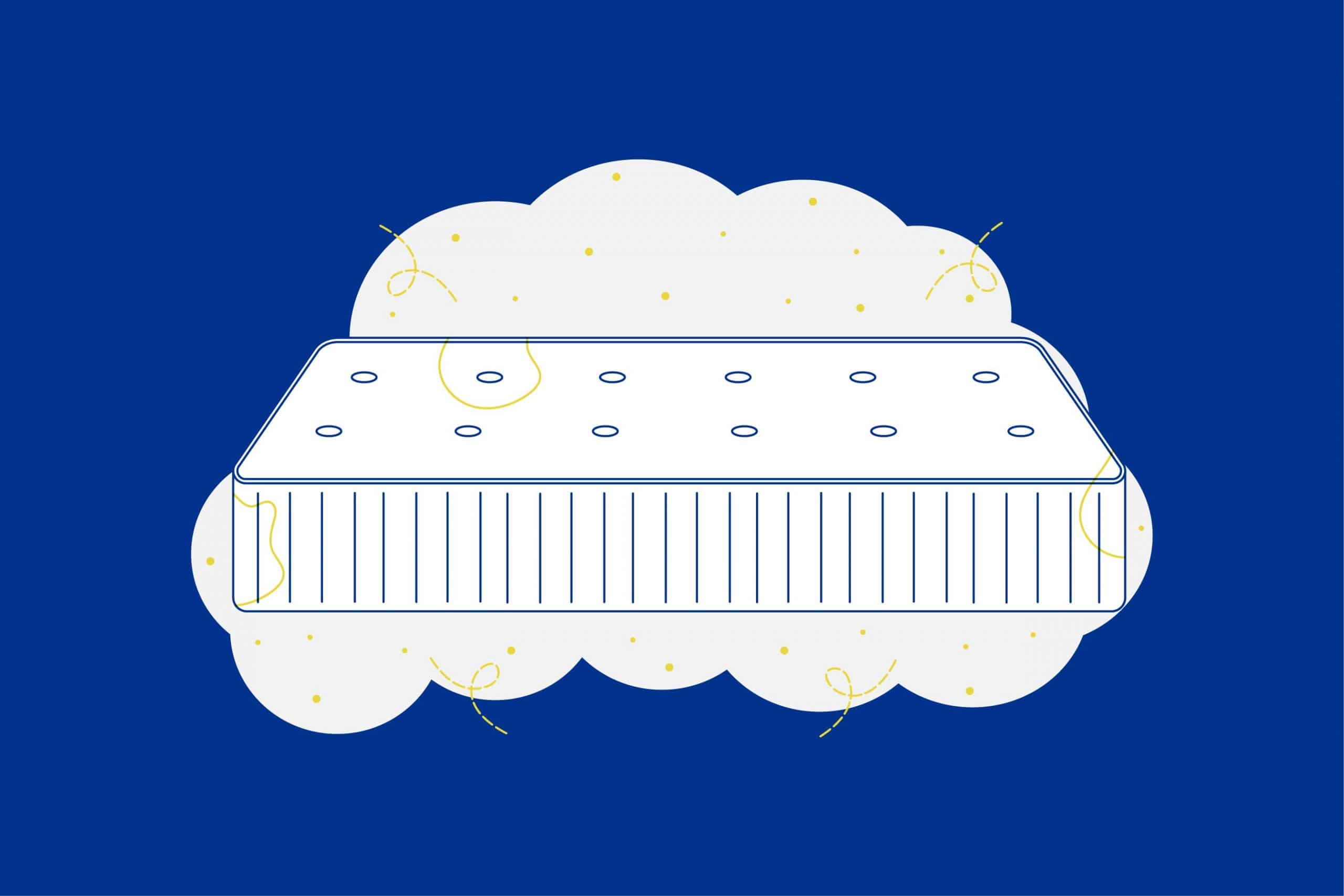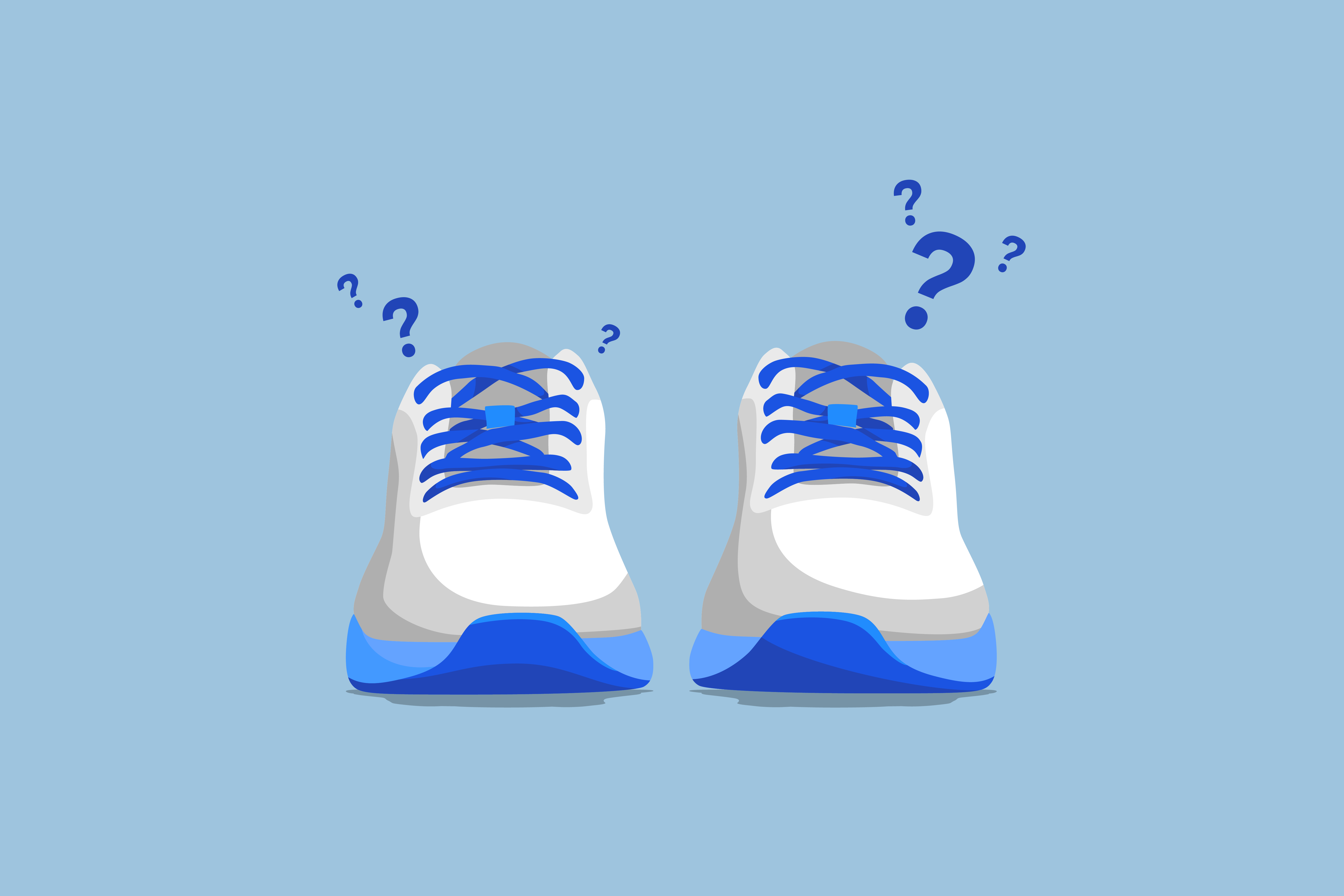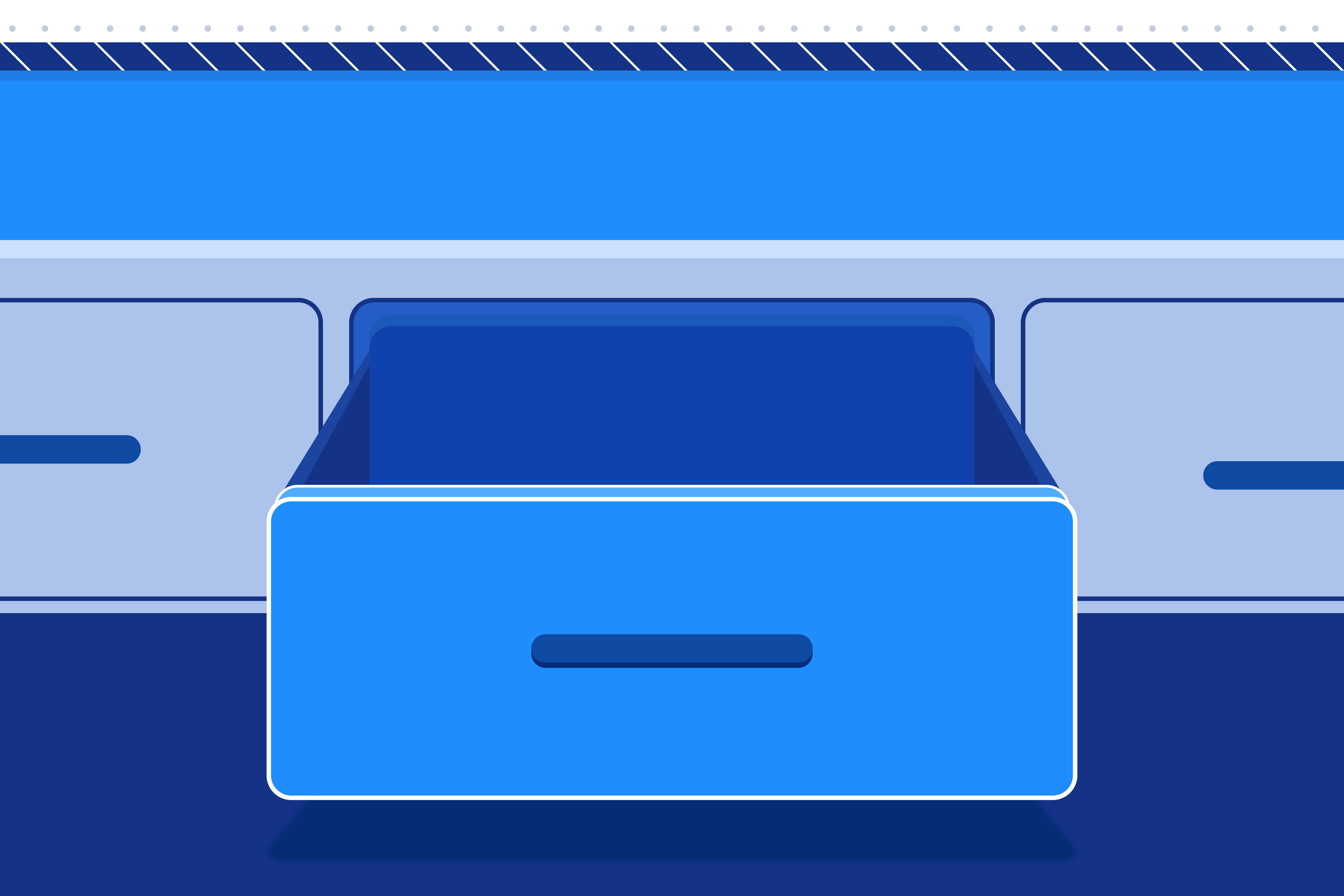Key Takeaways
- Gentle Hair Care: Handle your hair delicately, starting with gentle brushing or combing to avoid exacerbating bedhead. Use moisturizing shampoos and conditioners to keep your hair hydrated and manageable.
- Preventive Measures: Implement preventive measures such as sleeping on silk or satin pillowcases, avoiding tight hairstyles before bed, and using lightweight hair products sparingly to reduce the occurrence of bedhead.
- Tailored Solutions: Experiment with different techniques and products to find what works best for your hair type and lifestyle. Embrace your natural texture when possible, and seek professional advice if bedhead persists despite your efforts.
Waking up with messy, tangled hair can be frustrating, especially when you’re in a rush to start your day. Bedhead is a common problem that affects many people, regardless of hair type or length.
However, there are several simple techniques you can use to manage your unruly morning locks and achieve a more polished look. In this article, we’ll explore some effective ways to fix bedhead and keep your hair looking its best.
Fixing Your Bedhead
Bedhead can be frustrating, but you can manage your messy morning hair with a few simple techniques.
Brush or Comb Your Hair Gently
The first step in fixing bedhead is to brush or comb your hair gently. Use a wide-toothed comb or a soft-bristled brush to detangle your hair, starting from the ends and working your way up to the roots.
Be patient and avoid tugging or pulling on your hair, as this can cause breakage and make your bedhead worse. If your hair is particularly stubborn, try using a detangling spray or leave-in conditioner to make the process easier.
Use a Moisturizing Shampoo and Conditioner
To prevent bedhead from happening in the first place, it’s important to use a moisturizing shampoo and conditioner that will keep your hair hydrated and manageable. Look for products that contain natural ingredients like coconut oil, shea butter, or argan oil, which can help to nourish and strengthen your hair.
Avoid using hot water when washing your hair, as this can strip away its natural oils and lead to dryness and frizz.
Apply a Leave-In Product
After washing and conditioning your hair, apply a leave-in product to help tame frizz and add shine. You can use a cream, serum, or oil, depending on your hair type and personal preference. Focus on applying the product to the ends of your hair, where it tends to be the driest and most prone to damage.
Be careful not to use too much product, as this can weigh your hair down and make it look greasy.
Style Your Hair with Heat Tools
If your bedhead is particularly stubborn, you may need to use heat tools to style your hair:
- If you have straight hair, you can use a flat iron to create a sleek, polished look.
- If you have curly or wavy hair, try using a curling iron or wand to define your natural texture.
Start by blow-drying your hair on a low heat setting, using a round brush to smooth out any kinks or cowlicks. Then, work your way up if needed. Be careful not to overdo it, as excessive heat can lead to dry, brittle hair.
As an extra precaution, use a heat protectant spray before applying any heat to your hair to prevent damage.
Embrace Your Natural Texture
Sometimes, the best way to fix bedhead is to simply embrace your natural texture:
- If you have curly or wavy hair, try scrunching a curl-enhancing product into your damp hair and letting it air dry.
- If you have straight hair, try using a texturizing spray or dry shampoo to add volume and movement.
Remember, there’s no one-size-fits-all solution to fixing bedhead – what works for someone else may not work for you.
How Do You Get Bedhead?
Several factors can contribute to the development of bedhead, leaving you with messy, tangled, or unruly hair in the morning. Understanding these factors can help you take steps to minimize bedhead and wake up with more manageable locks.
Sleep Movements
Tossing and turning during sleep can cause friction between your hair and the pillow, leading to tangles and frizz. The more you move around, the more likely you are to experience bedhead in the morning. Even with the right mattress for combination sleeping, bedhead is still an unavoidable possibility.
Pillow Material
The type of fabric your pillowcase is made from can impact your hair’s condition. Cotton pillowcases are more likely to absorb moisture from your hair and cause friction, while silk or satin pillowcases allow your hair to glide smoothly, reducing the risk of tangles and frizz.
Hair type and texture
Different hair types and textures are more prone to bedhead than others. Those with fine, curly, or dry hair may experience more tangles and frizz compared to those with thick, straight, or oily hair.
Hair Length
Longer hair is more likely to become tangled and knotted during sleep. This is because there is more surface area for the hair to interact with the pillow and other strands, increasing the chances of bedhead.
If you sleep with long hair, you may need to tie it up. Just be careful what you use to secure your hair, as some options are more likely to cause damage than others.
Moisture Levels
Going to bed with wet or damp hair can contribute to bedhead. As your hair dries overnight, it can form odd shapes and kinks that are difficult to style in the morning.
Nighttime Hairstyle
If you go to bed with your hair in a tight ponytail, bun, or braids, you may wake up with creases and dents in your hair. Leaving your hair free or in a loose braid can help minimize the appearance of bedhead.
Hair Products
Using the wrong hair products or applying too much product before bed can lead to greasy, weighed-down hair in the morning. It’s essential to use products that are suitable for your hair type and to apply them sparingly.
Environmental Factors
Dry air, high humidity, or sleeping in an air-conditioned room can all affect your hair’s moisture levels and contribute to bedhead. Using a humidifier or adjusting your room temperature may help minimize the impact of these environmental factors on your hair.
Maintaining Healthy Hair for Better Mornings
Taking proper care of your hair not only improves its overall health and appearance but can also help minimize the occurrence of bedhead.
Remember, achieving healthy, manageable hair is an ongoing process, so be patient and consistent in your hair care practices.
Use a Humidifier
Dry air can be a significant contributor to bedhead, causing your hair to become frizzy, static-prone, and difficult to manage. This is particularly true if you live in an arid climate or frequently use air conditioning, which can strip moisture from the air.
If you have to deal with a dry bedroom environment, consider adding a humidifier. A humidifier for the bedroom works by releasing water vapor into the air, increasing the room’s overall moisture level. This can help prevent your hair from drying out and becoming frizzy overnight.
Don’t Sleep with Wet Hair
Yes, it’s important to keep your hair from getting too dry, but that doesn’t mean sleeping with wet hair is a good idea, either.
When your hair is wet, such as from a cooldown rinse after a sauna night, the strands are more fragile and prone to breakage. As you move around during sleep, the friction between your wet hair and the pillow can cause your strands to break, leading to frizz and tangles in the morning.
To prevent this, ensure your hair is completely dry before hitting the pillow. If you must take a bath or shower before bed, use a blow dryer on a low heat setting to minimize damage.
Trim Your Hair Regularly
Split ends and damaged hair are more prone to tangling and frizz. Regular trims every 6-8 weeks can help keep your hair healthy and less likely to develop bedhead.
Avoid Heavy Hair Products Before Bed
Using too much hair gel, mousse, or hairspray before bed can lead to product build-up and greasy hair in the morning. If you must use products, opt for lightweight, non-greasy formulas and apply them sparingly.
Brush Hair Before Bed
Brushing your hair can help distribute your hair’s natural oils evenly from root to tip, promoting healthier, more moisturized hair. Brushing also helps remove any tangles or knots that may have formed throughout the day, reducing the likelihood of waking up with a matted, unmanageable mane.
Choose a high-quality, gentle hairbrush with natural bristles. Avoid brushing your hair too aggressively, as this can lead to damage and frizz.
Sleep on a Silk or Satin Pillowcase
Finally, to prevent bedhead from happening in the first place, consider sleeping on a silk or satin pillowcase.
Unlike cotton pillowcases, which can cause friction and lead to tangles and frizz, silk and satin pillowcases allow your hair to glide smoothly over the surface. This can help to reduce breakage and keep your hair looking smoother and more manageable in the morning.
Braid or Bun Before Bed
You can also braid your hair or put it in a loose bun before bedtime to prevent excessive tangling and help your hair retain its shape overnight. This simple step can make a big difference in the morning, leaving you with more manageable hair.
Experiment with different braid styles or bun positions to find what works best for your hair type and length.
Choosing the Right Hair Accessories
When it comes to securing your hair during sleep, not all accessories are created equal. Avoid using metal clips or tight elastics, as these can cause dents, creases, or even breakage in your hair.
Instead, opt for gentler options like silk or satin scrunchies, which are less likely to leave marks or cause damage. For those with longer hair, try sleeping with a bonnet to protect your locks while you sleep. These smooth materials minimize friction, helping to prevent tangles and preserve your hairstyle overnight.
Stay Hydrated and Maintain a Healthy Diet
Drinking plenty of water before bed and eating a balanced diet rich in vitamins and minerals can help keep your hair healthy from the inside out. Healthy hair is less prone to damage, dryness, and frizz, which can all contribute to bedhead.
Seek Professional Help for Recurring Bedhead
If you find that bedhead is still a persistent problem, don’t hesitate to consult a hairstylist for personalized advice on a haircut or styling routine that suits your hair type and lifestyle.
They can assess your hair’s specific needs and recommend products, techniques, or even a new haircut that can help minimize bedhead. Regular trims can also help keep your hair healthy and more manageable.
While such professional advice is invaluable, it’s also essential to maintain a consistent hair care routine at home. Your hairstylist can provide guidance on how to properly wash, condition, and style your hair based on their recommendations, as well as how to adapt your bedtime routine to minimize bedhead.
FAQs
How do you fix a stubborn bed head?
Stubborn bedhead can be a real challenge, but there are a few techniques you can try to get your hair under control. One option is to use a blow dryer on a low heat setting to gently reshape your hair, focusing on the areas with the most stubborn kinks or cowlicks.
You can also try using a flat iron or curling iron to create a more polished look, but be sure to use a heat protectant spray to minimize damage. If all else fails, embrace the messy look and use a texturizing spray or dry shampoo to add volume and create a purposefully tousled style.
Does wetting hair fix bed head?
Wetting your hair can help fix bedhead to some extent, as the moisture can help reshape and redefine your hair’s natural texture. However, simply wetting your hair may not be enough to completely eliminate stubborn kinks or flatten out unruly sections.
For best results, use a spray bottle to lightly dampen your hair, and then use a brush or comb to gently detangle and style it into place. You can also try using a small amount of leave-in conditioner or hair oil to help control frizz and add shine.
What’s the best way to detangle my hair?
To detangle your hair gently and effectively, start by using a wide-toothed comb or a brush designed for wet hair. Begin detangling from the ends of your hair, gradually working your way up to the roots.
If you encounter any knots, don’t yank or pull on your hair. Instead, use your fingers to carefully loosen the knot before proceeding with the comb or brush.
You can also use a detangling spray or leave-in conditioner to help lubricate your hair and make the detangling process easier and less damaging. Remember to be patient and gentle, as rough or hasty detangling can lead to breakage and split ends, which can contribute to bedhead over time.
How often should I wash my hair to prevent bedhead?
It depends on your hair type, lifestyle, and personal preferences. Washing your hair too often can strip it of its natural oils, leading to dryness and frizz, while washing it too infrequently can result in oil buildup and greasy hair.
Aim to wash your hair every 2-3 days, or as needed, to maintain a healthy balance. If you have particularly oily hair, you may need to wash it more frequently, while those with dry or curly hair may benefit from washing less often and relying on dry shampoo in between washes.
Can I still use hair styling products if I want to prevent bedhead?
Yes, you can still use hair styling products, but it’s essential to choose the right products and apply them correctly. Opt for lightweight, non-greasy formulas that won’t weigh your hair down or cause product buildup. Apply the products sparingly, focusing on the ends of your hair rather than the roots.
Can certain hairstyles contribute to bedhead?
Yes, especially if the hairstyle puts excessive tension on your hair or causes it to rub against your pillow. Styles like tight ponytails, buns, or braids can lead to creases, dents, and breakage, which can exacerbate bedhead.
If you choose to wear your hair up while sleeping, make sure the style is loose and comfortable.
Is it better to sleep with my hair up or down to prevent bedhead?
Sleeping with your hair up in a loose braid or bun can help prevent tangles and minimize friction while you sleep. This is especially helpful for those with long hair or hair that is prone to tangling.
However, if you prefer to sleep with your hair down, using a silk or satin pillowcase can help reduce friction and keep your hair smooth.
Conclusion
Bedhead may be a common morning nuisance, but it’s not insurmountable. Implementing simple techniques like brushing your hair before bed, using the right hair accessories, and sleeping on a silk or satin pillowcase can make a significant difference in how your hair looks and feels when you wake up.
If you find that bedhead remains a persistent issue despite your best efforts, don’t hesitate to seek the advice of a professional hairstylist. They can provide personalized recommendations based on your unique hair type, texture, and lifestyle, helping you find the most effective solutions for your specific needs.
By combining a tailored hair care routine with the right techniques and products, you can finally bid farewell to bedhead and greet each morning with confidence and style.
About the author
Mitchell Tollsen is a graduate student and a freelance writer who’s contributed to the Early Bird blog for three years. Mitchell’s always been fascinated by the science of sleep and the restorative processes our bodies undergo when at rest. The self-titled “Sleep Expert” is always looking for ways to improve his shut-eye, and throughout the years has implemented numerous lifestyle changes and tried dozens of sleep-promoting gadgets to determine the best ways to truly get better rest.
View all posts





